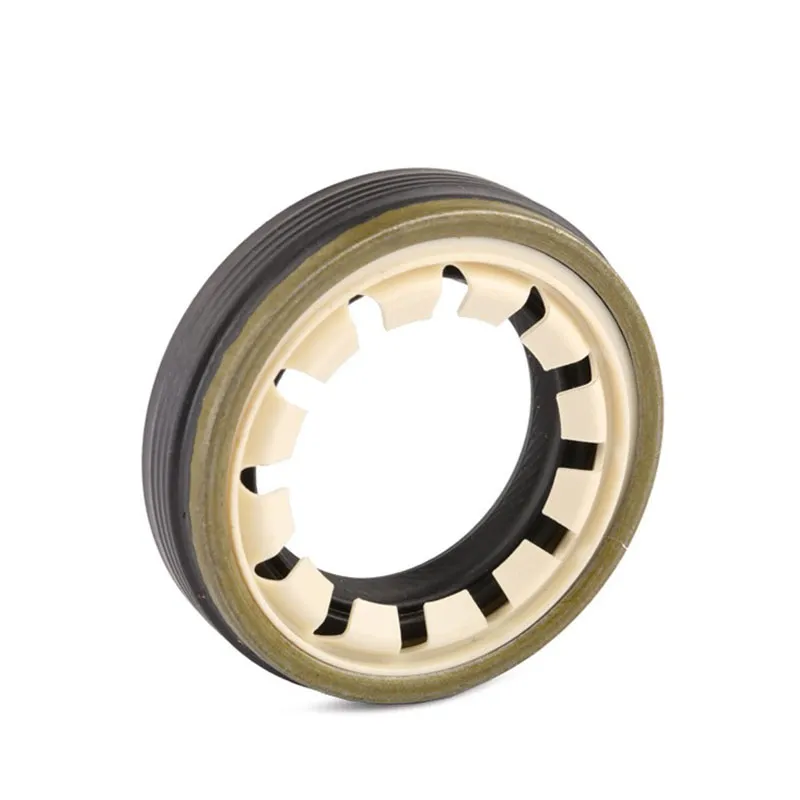Seal specifications for 25x38x7 oil application in automotive and industrial use
Understanding the Oil Seal 25 38 7 Key Features and Applications
Oil seals, also known as grease seals or rotary shaft seals, play a pivotal role in various mechanical systems. Specifically, the oil seal with the dimensions 25 mm inner diameter, 38 mm outer diameter, and 7 mm thickness, designated as oil seal 25 38 7, is widely utilized across different industries. This article aims to delve into its features, materials, applications, and maintenance tips.
Key Features
The oil seal 25 38 7 is designed to prevent the leakage of oil, grease, or other lubricants in rotating machinery
. Its construction features a rubberized outer material that provides a tight fit against the housing, ensuring no fluid escapes. The inner lip of the seal is crucial for maintaining a strong barrier against contaminants while allowing the shaft to rotate smoothly.The seal's dimensions are standard, making it a common choice for various applications. The inner diameter of 25 mm fits shafts of similar size, while the 38 mm outer diameter allows for secure seating in housing with corresponding specifications. The 7 mm thickness of the seal offers durability and robustness, capable of withstanding significant pressure and temperature variations.
Materials
The effectiveness of the oil seal is largely dependent on the materials used in its construction. Typically, these seals are made from elastomers such as Nitrile Rubber (NBR), which is resistant to petroleum-based oils and has excellent mechanical properties. Viton (FKM) is another common material used for seals operating in more extreme conditions, such as higher temperatures and aggressive chemicals.
In addition to rubber compounds, the oil seal may contain metal components for reinforcement. These include a spring to maintain contact pressure against the rotating shaft, ensuring that the seal performs efficiently over time. The choice of materials plays a fundamental role in the seal's longevity and operational reliability.
Applications
The oil seal 25 38 7 is versatile and finds applications across numerous sectors, including automotive, manufacturing, and heavy machinery. In the automotive industry, it is used in various components, such as axles, transmissions, and engines, to prevent oil leakage and protect critical parts from contamination.
oil seal 25 38 7

In industrial machinery, these seals are employed in gearboxes, pumps, and motors, where lubrication is vital for performance. Their ability to keep dirt, dust, and moisture at bay is essential in maintaining the integrity of the machinery and prolonging its lifespan. Furthermore, the oil seal is also utilized in home appliances such as washing machines and refrigerators, where smooth operation is crucial.
Maintenance Tips
While oil seals are designed for durability, regular maintenance should not be overlooked to ensure optimal performance. Here are some tips to keep in mind
1. Visual Inspection Regularly inspect the seals for signs of wear or damage. Look for cracks, splits, or deformation that could indicate a need for replacement.
2. Lubrication Check Ensure that the lubrication levels within the machinery are adequate. Insufficient lubrication can lead to increased friction and potential seal failure.
3. Proper Installation When replacing oil seals, ensure that they are installed correctly to prevent misalignment, which could cause premature wear.
4. Maintain Cleanliness Keep the area around the seals clean to prevent foreign particles from entering, which can lead to contamination and damage.
5. Consult Manufacturer Guidelines Always refer to manufacturer specifications for replacement intervals and recommended sealing materials. Using the right seal for the application is crucial for performance and longevity.
Conclusion
The oil seal 25 38 7 is an integral component in many mechanical systems, offering a reliable solution for preventing fluid leakage and protecting machinery from contaminants. Understanding its features, materials, and applications can help users appreciate its role in machinery and the importance of proper maintenance. Whether in automotive, industrial, or household applications, the oil seal continues to be an essential part of ensuring smooth, efficient operation in various devices.
-
Understanding Automotive Oil Seals: Essential Components for Engine and Shaft Protection
News Jul.30,2025
-
The Importance of Heavy Duty Seals in Industrial and Residential Applications
News Jul.30,2025
-
Exploring Industrial Oil Seals: From Felt Oil Seals to TTO and CFW Solutions
News Jul.30,2025
-
Essential Guide to Oil Seals: From Radial to Metal-Cased Seals for Industrial Reliability
News Jul.30,2025
-
Choosing the Right Oil Seals and Gaskets for Industrial and Automotive Applications
News Jul.30,2025
-
Cassette Seals: Durable Sealing Solutions for Harsh Environments
News Jul.30,2025
-
Understanding the Front Main Engine Seal: Purpose, Maintenance, and Installation
News Jul.29,2025
Products categories















